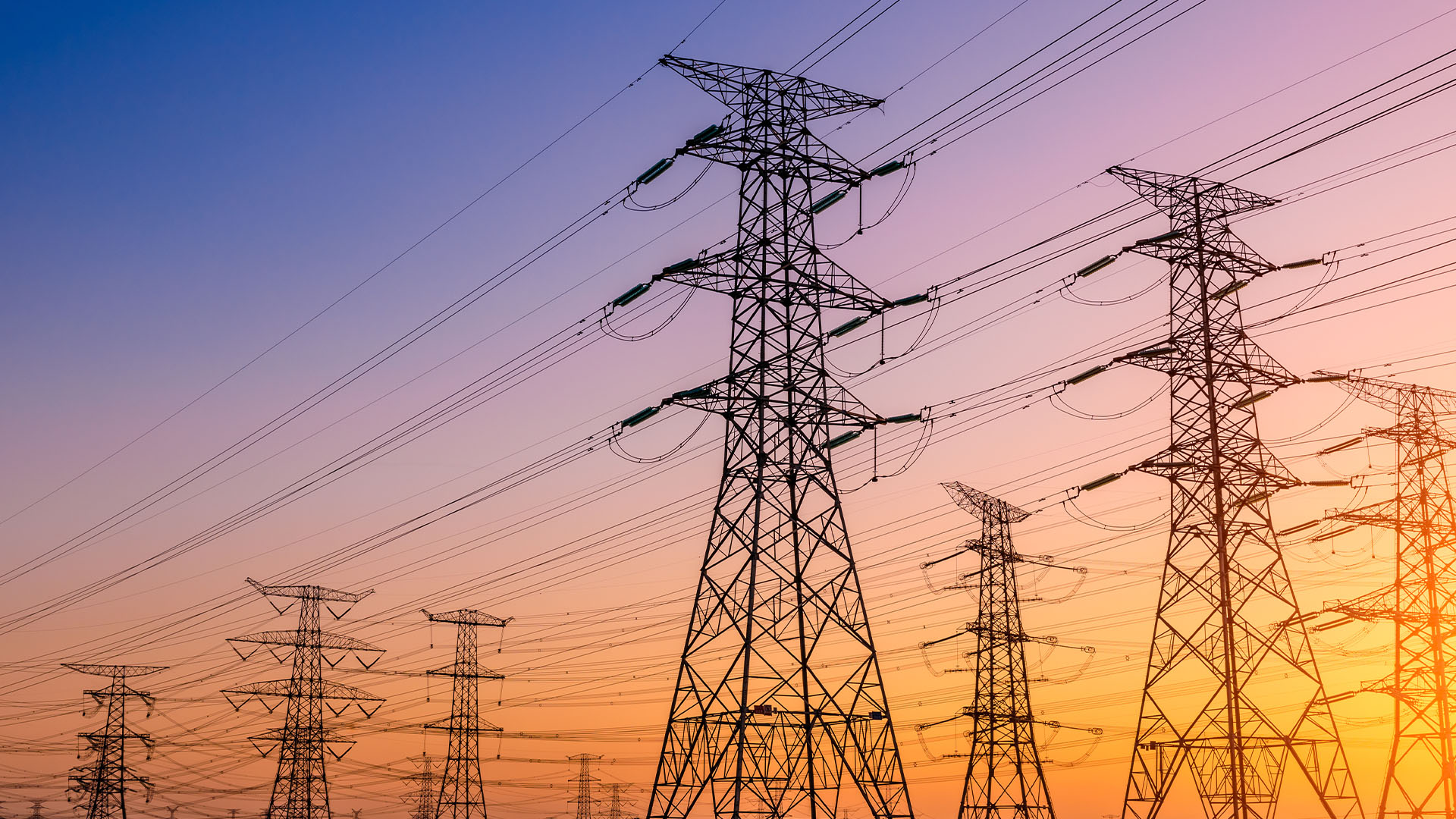On 17 August 2023 the lower house of the Parliament (the Sejm) approved amendments put forward by the upper house of the Parliament (the Senate) to the bill amending the act on renewable energy sources and certain other acts. The bill has been highly anticipated by the renewable energy industry. One particularly noteworthy change is the introduction of regulations on cable pooling. Cable pooling addresses the common problem of transmission and distribution inefficiencies and the resulting ever-increasing number of denied applications for grid connection conditions for new renewable energy systems (RES) installations.
Cable pooling will enable connecting several renewable energy generation sources at a single grid connection point, which will optimise the use of the grid and the capacity provided for in the relevant connection conditions. RES installations very occasionally generate enough capacity to use up the volume specified in the grid connection conditions. Photovoltaic (PV) power plants feed in most electricity on and about noon in summer; wind farms, on the other hand, generate most electricity during winter. Given such correlations, cable pooling will fully realise the grid's potential – during periods of intense sunshine and no wind, the capacity specified in the grid connection conditions will be at the disposal of the supplementary PV installation and vice versa.
Pursuant to the bill:
- one grid connection conditions document, one connection agreement and one transmission / distribution services agreement will be issued for all RES installations operating within the cable pooling system;
- each installation will have to be equipped with a separate metering and settlement device;
- producers interested in operating within the cable pooling system will have to sign an agreement setting out the terms for their joint exercise of rights and discharge of obligations specified in the grid connection conditions, connection agreement and transmission / services agreement;
- parties to the agreement will have to appoint one entity to, without limitation, represent all of them in relations with the grid operator or the President of the Energy Regulatory Office and will have to designate a single balancing entity.
The bill makes the producers jointly and severally liable to the operator for exceeding the connection capacity and for obligations under the transmission / distribution services agreement. Penalties will be imposed if the capacity specified in the grid connection conditions is exceeded. The distribution system operator (DSO) or the transmission system operator (TSO) will be able to place restrictions on electricity supplies or to suspend electricity supplies altogether without the right to compensation. The transmission / distribution services agreement will also compel the producer to assume strict liability for breach of obligations relating to the use of a single connection to the grid caused by an act or omission of any of the producers. In addition, the bill introduces a requirement that the producer specify in its application for grid connection how it will secure the technical ability not to exceed the connection capacity.
Due to these restrictions, aimed at preventing generation in excess of the capacity specified in the grid connection conditions, the current business model of renewable energy operations will change. Restrictions on generation will translate into less energy generated and, consequently, a longer cash payback period. Cable pooling, on the other hand, opens up completely different opportunities for the industry. The results of expert analyses show that cable pooling will make it possible to increase power generation at any given RES connection point by more than 150%1. Experts consider the pooling of wind and PV power plants to be the most effective means of increasing power generation. Sharing a connection point will also offer good prospects for connecting future PV power plants to existing solar power plants. Research data suggests that it will be possible to double the current capacity of jointly operated plants while only reducing generation by around 8%1 (such reduction is necessary because of the jointly operating plants' obligation not to exceed the capacity specified in the grid connection conditions). It will be possible to reduce these losses through the use of energy storage systems or electrolysers, which will allow energy to be fed back into the grid. Investors should in each case carry out a thorough analysis to determine which combination of renewable energy sources and possible energy storage systems and electrolysers will be most profitable in specific circumstances. This is particularly important given the high costs of energy storage systems and the fact that, based on available research data, electrolysers perform best when combined with additional wind sources.
Therefore, cable pooling will enable optimized, complementary pairs of generation units such as PV and wind farms, combined with energy storage systems and electrolysers, to efficiently and profitably harness the full available connection capacity. Such projects should clearly be viewed favourably – in terms of financing and bankability – as investments providing a stable, predictable and optimised source of income. It is estimated that cable pooling will unlock around 6 to 9 GW of capacity with no investment in infrastructure.
On 18 August 2023 the bill was sent to the President for signing.




